Computed tomographic and ultrasonographic characteristics of cavernous transformation of the obstructed portal vein in small animals
Specchi S, Pey P, Ledda G, Lustgarten M, Thrall D, Bertolini G.
Computed tomographic and ultrasonographic characteristics of cavernous transformation of the obstructed portal vein in small animals
Vet Radiol Ultrasound. 2015 Sep-Oct;56(5):511-9. doi: 10.1111/vru.12265. Epub 2015 Apr 15.
Abstract
In humans, the process of development of collateral vessels with hepatopetal flow around the portal vein in order to bypass an obstruction is called “cavernous transformation of the portal vein.” The purpose of this retrospective, cross-sectional, multicentric study was to describe presumed cavernous transformation of the portal vein in small animals with portal vein obstruction using ultrasound and multidetector-row computed tomography (MDCT). Databases from three different institutions were searched for patients with an imaging diagnosis of cavernous transformation of the portal vein secondary to portal vein obstruction of any cause. Images were retrieved and reanalyzed. With MDCT-angiography, two main portoportal collateral pathways were identified: short tortuous portoportal veins around/inside the thrombus and long portoportal collaterals bypassing the site of portal obstruction. Three subtypes of the long collaterals, often coexisting, were identified. Branches of the hepatic artery where involved in collateral circulation in nine cases. Concomitant acquired portosystemic shunts were identified in six patients. With ultrasound, cavernous transformation of the portal vein was suspected in three dogs and one cat based on visualization of multiple and tortuous vascular structures corresponding to periportal collaterals. In conclusion, the current study provided descriptive MDCT and ultrasonographic characteristics of presumed cavernous transformation of the portal vein in a sample of small animals. Cavernous transformation of the portal vein could occur as a single condition or could be concurrent with acquired portosystemic shunts.
© 2015 American College of Veterinary Radiology

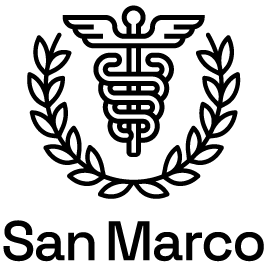

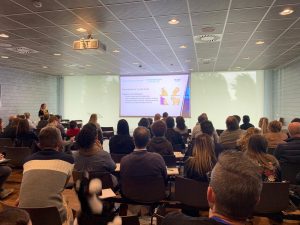
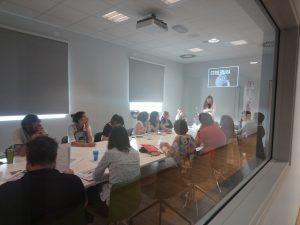
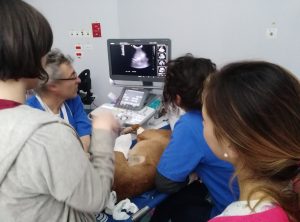
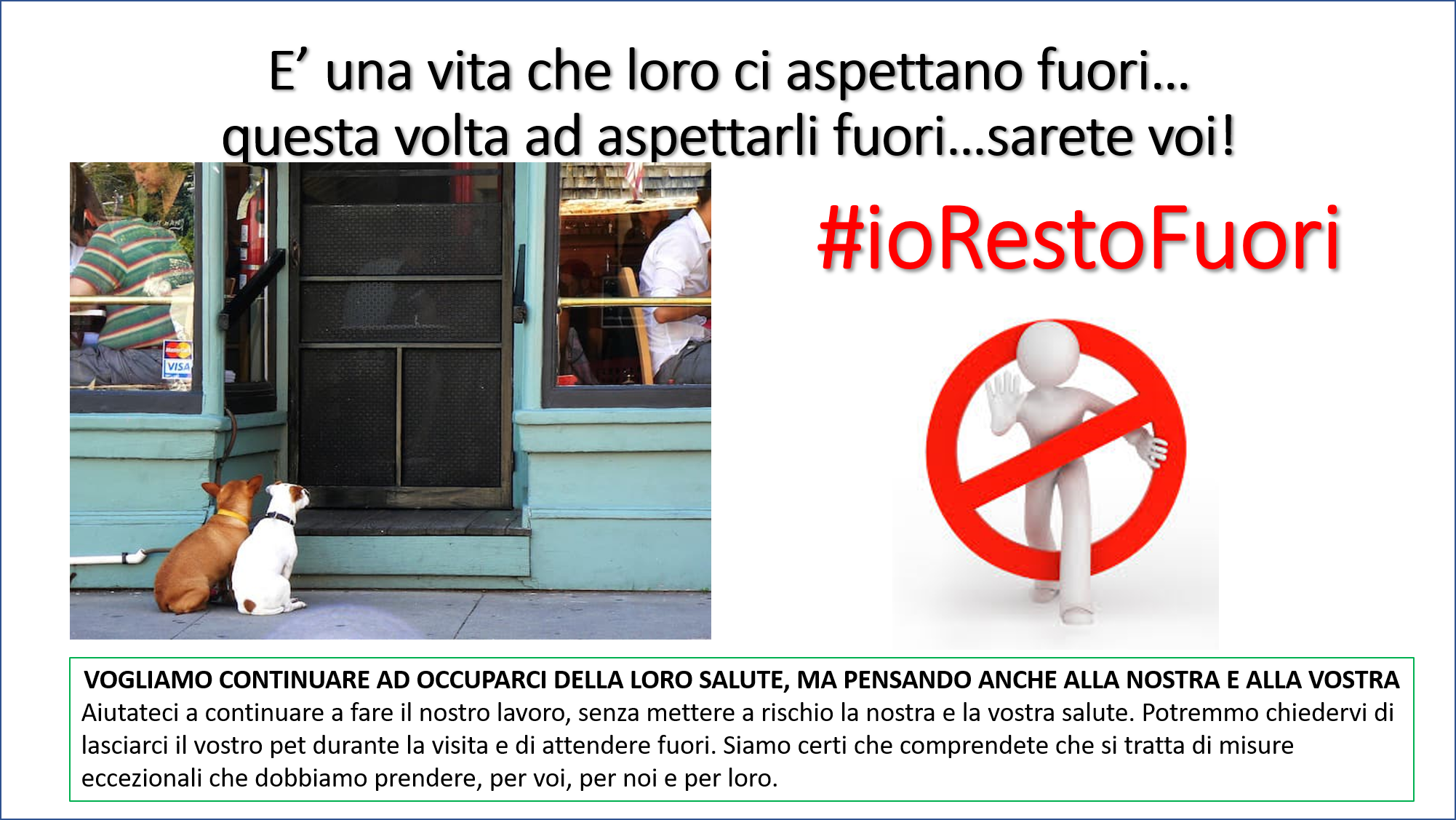 Il Direttore Sanitario Dott. Marco Caldin
Il Direttore Sanitario Dott. Marco Caldin